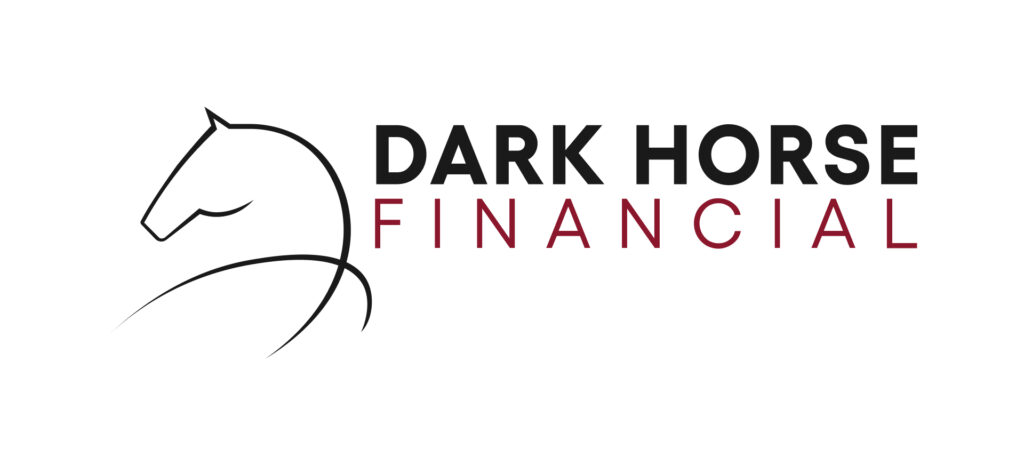Key Takeaways
- Self-employed people, business owners, and sole traders who can't provide traditional documents like tax returns, financials, and payslips can access low doc home loans.
- You usually only need a few documents, like business activity statements (BAS) or a letter from your accountant.
- Low doc loans may have higher interest rates.
- LVR caps are usually at 80% for low doc loans
- Eligibility is based on your credit score and you capacity to repay the loan.
- The main advantage of low doc loans is its accessibility for those that don’t have full documentation.
- To get access to the best low doc lenders with the best rates and terms in Australia, contact a home loan expert like Dark Horse Financial.
In Australia, self-employed people who want to get a traditional home loan usually have to show a lot of paperwork, like tax returns, financials, and bank statements. But a low doc home loan can help people who can’t meet these requirements. Let’s look at what low doc home loans are, how they work, who can get one, and what the pros and cons are.
What is a Low Doc Home Loan in Australia?
A low doc or alt doc home loan is a type of home loan that doesn’t require as much paperwork as a full doc home loan. These loans are mostly for the self-employed, sole traders, or business owners who have trouble giving the usual paperwork that most lenders need. Low doc loans are especially helpful for people who don’t have regular pay slips, financial records, or complete tax returns.
Who Can Benefit from a Low Doc Home Loan?
The primary beneficiaries of low doc loans are those in non-traditional employment situations. This includes:
- Self-Employed Individuals: Some small business owners and sole traders don’t have the paperwork they need for full doc loans. A low doc loan can help these people get a home loan.
- Business Owners with Annual Turnovers Above $1 Million: If you run a business in a field like B2B (manufacturing, transportation, civil construction, etc.) and make more than $1 million a year.
- Small Business Owners with Lower Turnovers: Even sole proprietors or small business owners who make less than $200,000 a year can still get low doc loans, depending on their capacity to repay the loan they’re seeking.
- People with Irregular Income:Freelancers or contractors whose income changes often can take advantage of the flexibility of low doc loans.
How Do Low Doc Home Loans Work in Australia?
Low doc loans make it easier to apply for a home loan by lowering the amount of paperwork you need. The main difference between a low doc loan and a full doc loan is the proof of income you give to the lender. This is how they usually work:
1. Minimum Documentation Requirements
Home loan documentation requirements for self-employed Australians include:
- Two recent Business Activity Statements (BAS)
- An Accountant’s Letter (if available):Some lenders may want a letter from your accountant that states you can afford the loan. Lenders’ templates for these letters can vary and often accountants who are prepared to complete a letter will have a preference for what they’re willing to complete.
2. Loan-to-Value Ratio (LVR)
The Loan-to-Value Ratio (LVR) shows how much the loan is compared to the value of the property. The LVR is usually set at 80% for low doc loans. This is less than the 90–95% LVR that many full doc home loans offer but there are some circumstances where low doc lenders will be prepared to extend beyond an 80% LVR.
3. Interest Rates
Low doc loans usually have higher interest rates than full doc loans. This is important to think about when you apply because it will affect the total cost of the loan.

Pros and Cons of Low Doc Home Loans
Low doc loans, like any other type of loan, have their pros and cons. You should be aware of these before deciding if a low doc home loan is right for you.
Pros of Low Doc Home Loans
Easier Access for Self-Employed Individuals
The best thing about low doc loans is that they make it easier for self-employed people and business owners to access home loans.
No Need for Full Tax Returns
Most of the time, low doc loans only need two recent BAS (Business Activity Statements), which are easier to supply than full financials.
Cons of Low Doc Home Loans
Higher Interest Rates
The main downside to low doc loans is that they usually have higher interest rates than full doc loans. This is because there is less risk with less paperwork.
Lower Loan-to-Value Ratio (LVR)
Compared to regular home loans, low doc loans usually have a lower Loan-to-Value Ratio (LVR). Full doc loans can have LVRs as high as 90% or even 95%, but low doc loans usually only go up to 80%. This means that to get a low doc loan, you’ll need to save up a bigger deposit, which could be a problem for some borrowers.
Less Lender Options
Not all lenders in Australia offer low doc loans, and a lot of them don’t offer higher LVRs or better terms. It’s a good idea to get in touch with a home loan expert like Dark Horse Financial to make sure you find the right lenders and get the best rates and terms for your loan.
Do You Need Tax Returns for a Low Doc Mortgage?
No, you are not required to submit full tax returns for low doc loans. Instead, you will be asked to provide alternative forms of evidence, such as the following:
- Two recent BAS statements
- An accountant’s letter (if available)
Can I Get a Low Doc Loan with ATO Debt?
Most lenders won’t check to see if you owe money to the ATO. A lot of low doc lenders will lend to people who have tax debts that they can handle. If a default has been reported to credit reporting agencies, though, this could affect your chances of getting a low doc loan and an approach that address the ATO debt is recomended.
Are Low Doc Home Loans Good for Business Owners?
Yes, low doc loans can be a good choice for business owners. Business owners can show they have capacity to make loan repayments by using other types of documentation, like BAS statements or a letter from an accountant.

How to Qualify for a Low Doc Home Loan
To qualify for a low doc home loan, you will typically need to meet the following criteria:
- Capacity to repay the loan:Lenders want to see that your business generates enough income to cover loan repayments.
- LVR: Lenders usually cap LVR limits for low doc loans at 80%.
- Acceptable Credit File and history: Lenders will still assess your credit score and past loan conduct.
- 2 BAS or an accountant letter: You will need to provide the minimum documentation required by the lender for income verification, typically your last two BAS statements or an accountant’s letter.
What Lenders Offer Low Doc Home Loans in Australia?
Many banks and non-bank lenders in Australia offer low doc home loans. To find the best lenders that offer up to 80% LVR and lower interest rates, contact our team at Dark Horse Financial. We have a wide network of lenders, making sure you get connected to the right one that can meet your needs as a low doc borrower.
Frequently Asked Questions
What qualifies as a low doc home loan?
A low doc home loan is a mortgage option for self-employed individuals, sole traders, or small business owners who cannot provide full documentation such as tax returns or pay slips like PAYG employed person. Instead BAS statements or a letter from your accountant can be used for income verification.
Can I get a low doc loan with ATO debt?
Most lenders still consider applicants with ATO debt, unless a default has been reported to credit reporting agencies, in which case a strategy that deals with the ATO debt can still result in an approval.
How is a low doc loan different from a normal home loan?
The main difference is the income verification. Low doc loans don’t require full financials, tax returns or notices of assessment. Low doc loans usually have slightly higher interest rates and can have a lower LVR cap.
Can I get a low doc loan if I’ve only been self-employed for a short time?
Full doc lenders want to see at least one to two years of self-employment or business history, but many low doc lenders will look at applications from people who have just started their own business if they can show continuity of industry and related experience.
Final Thoughts
If you’re self-employed, a business owner, or a sole trader and have trouble meeting the requirements for a full doc home loan, a low doc home loan might be a good choice for you. These borrowers can get home loans even if they don’t have usual proof of income by using BAS statements or a letter from your accountant.
Disclaimer: Loans and their accompanying benefits are available only to those who qualify for them and have been approved. Though we put a lot of care into writing this article, the information presented within is general and doesn’t consider your unique situation. It is not meant to serve as a substitute for professional advice, and you should not rely on it solely for any major financial decisions. You should always consult with a professional when you’re dealing with finance, tax, and accounting matters.
Find Home Loans for Self-Employed With Low Documentation
We at Dark Horse Financial are experts in low doc home lending. We’ll connect you to the right lenders with the best rates and terms so you can get the best deal for your loan. Reach out today to learn more.




